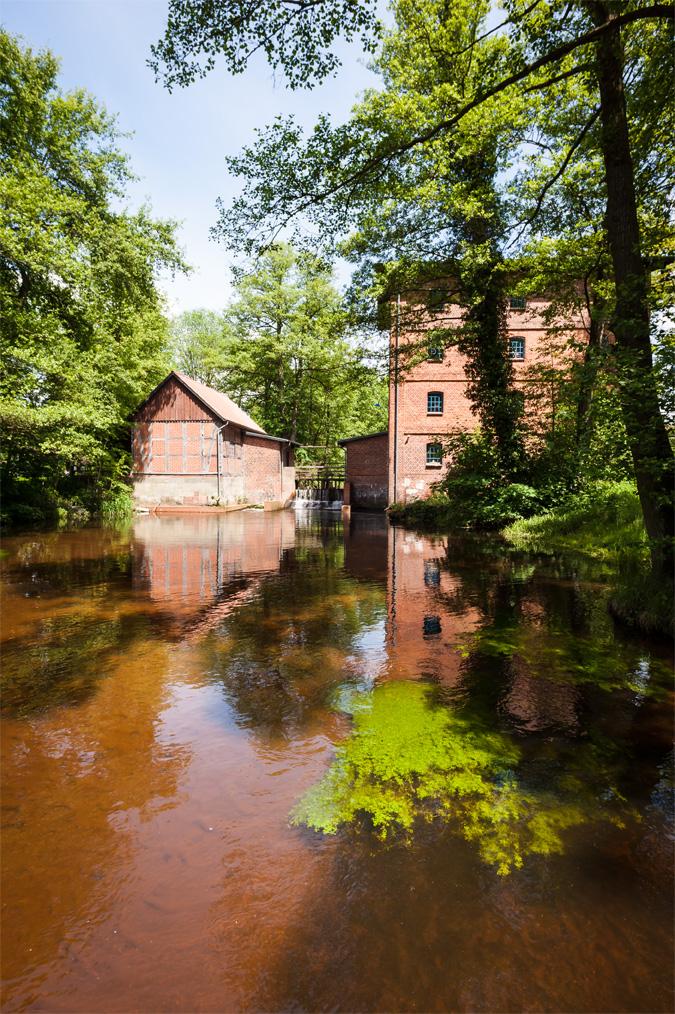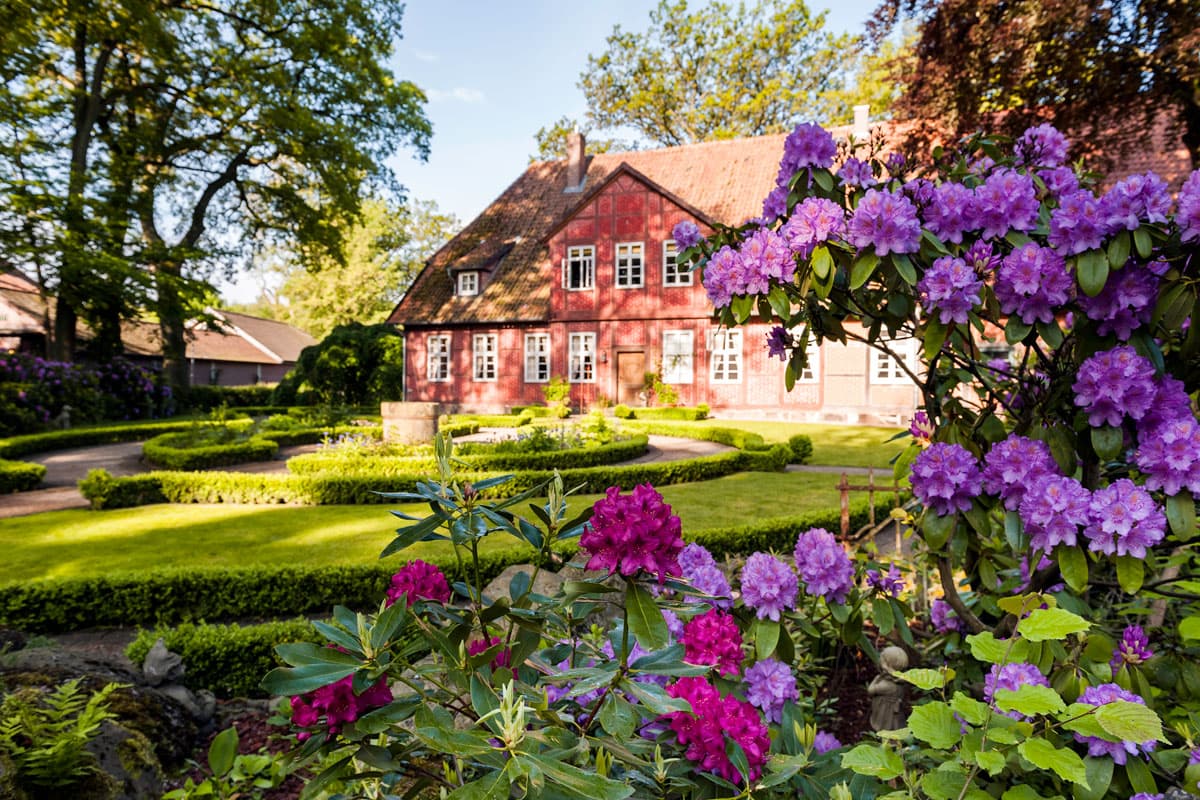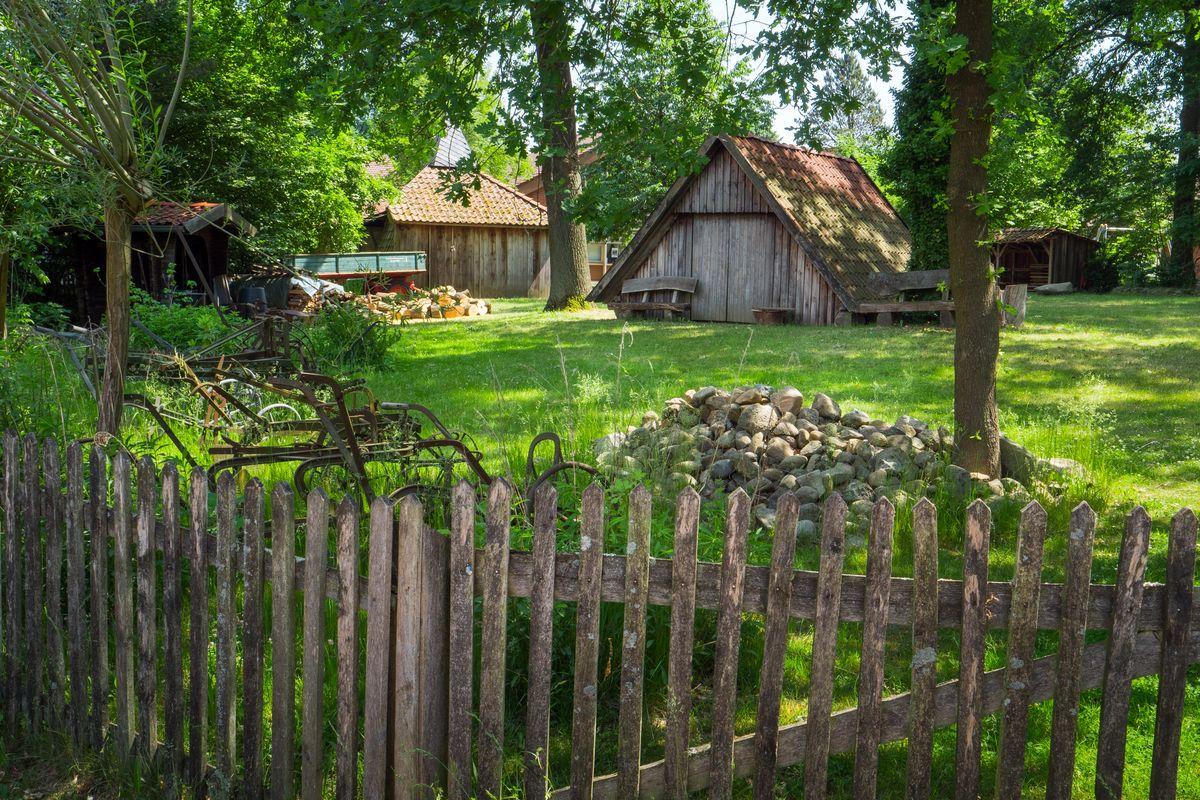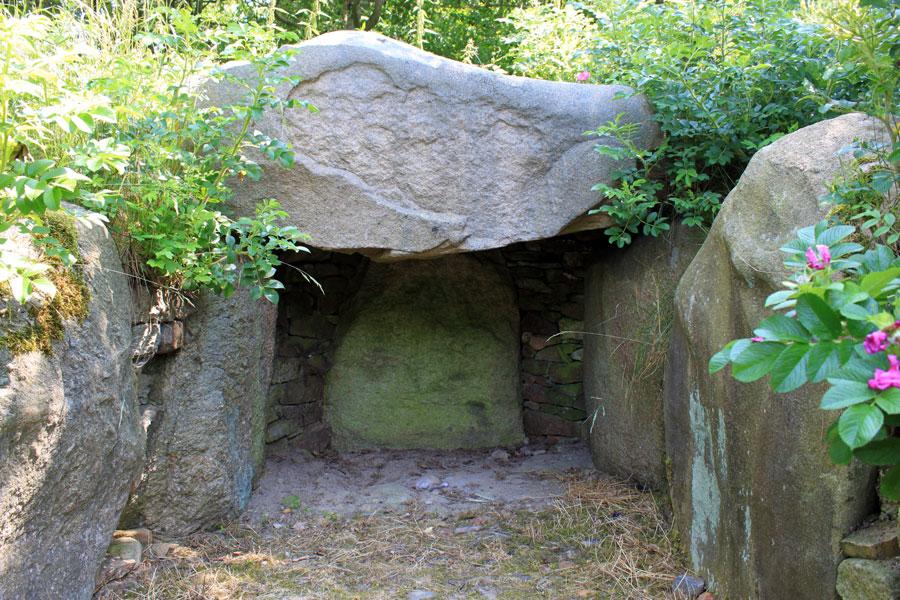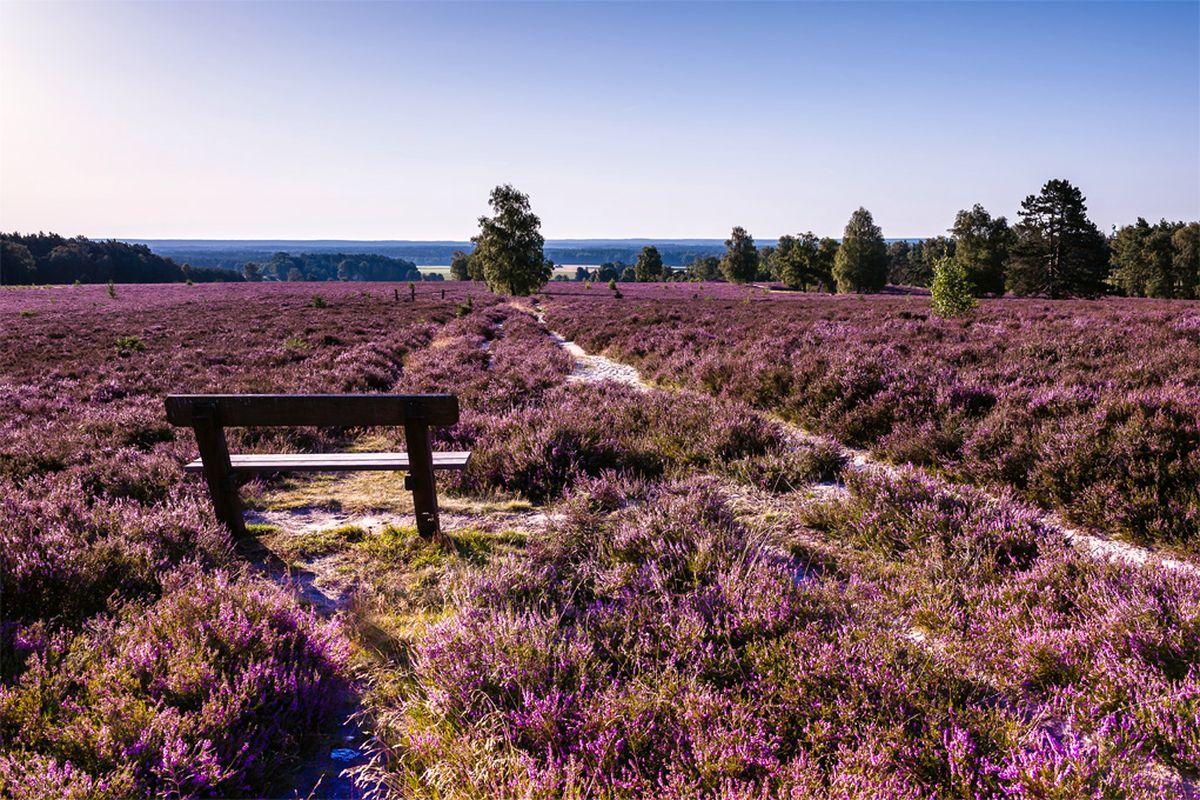
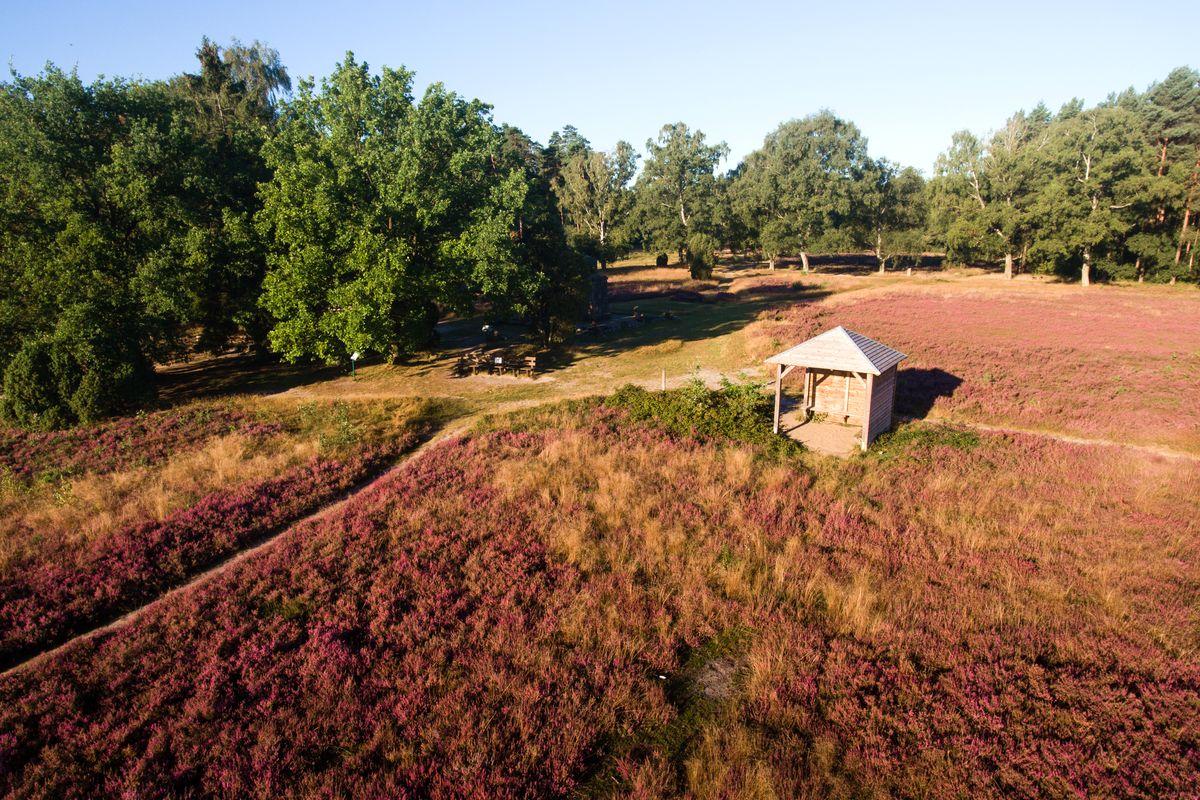
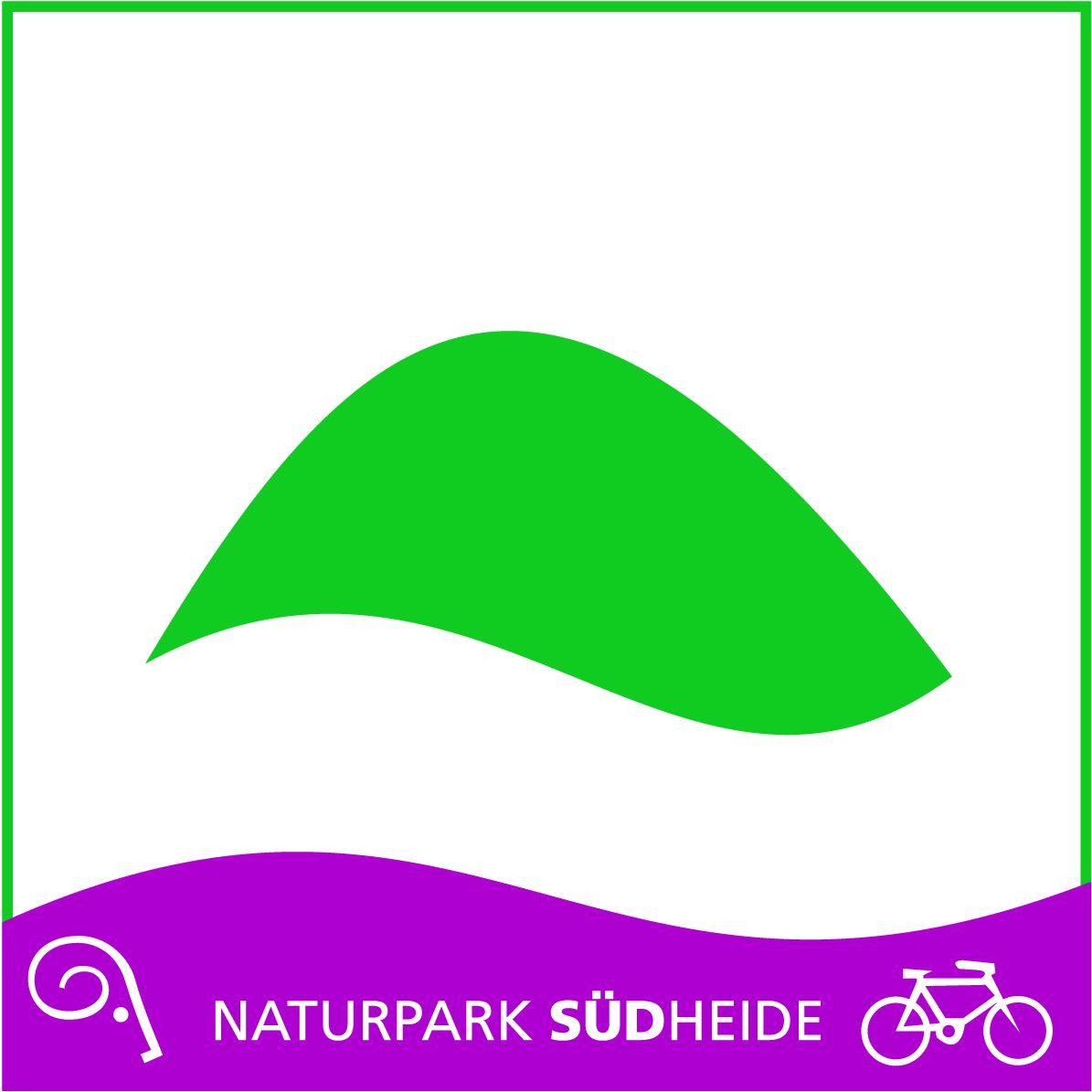
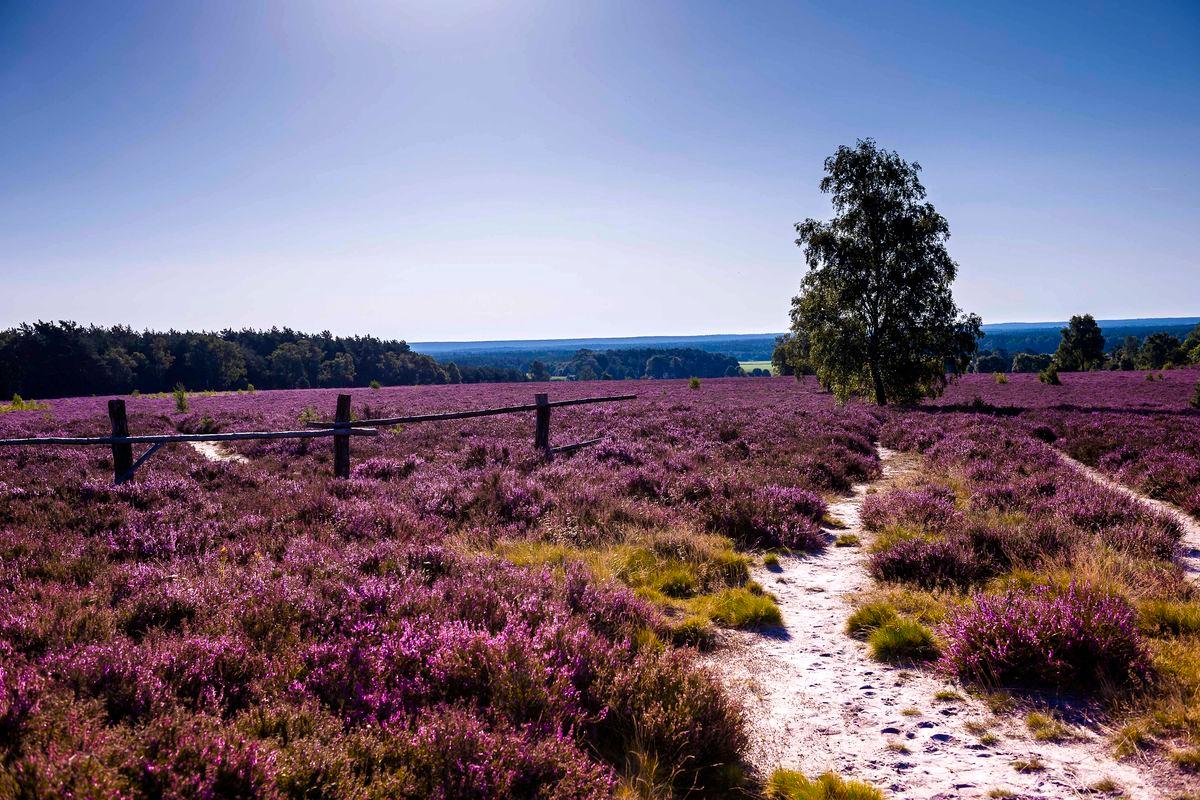
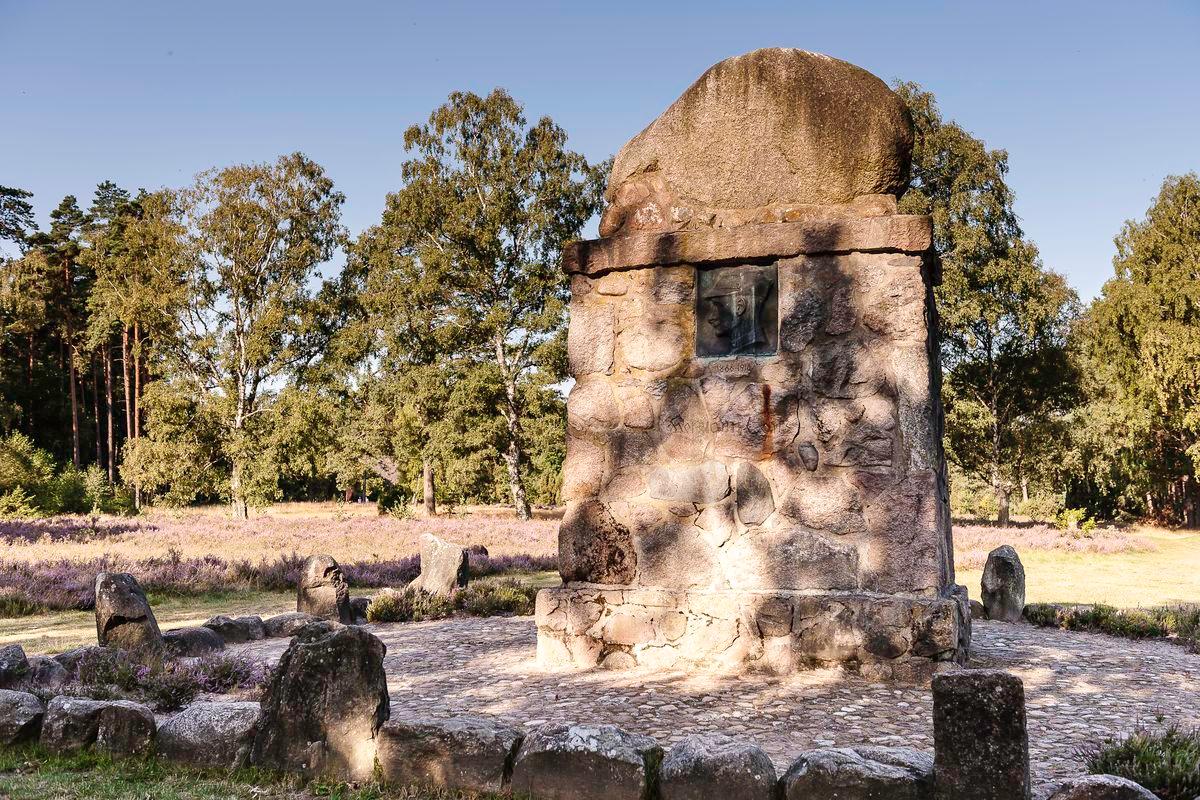
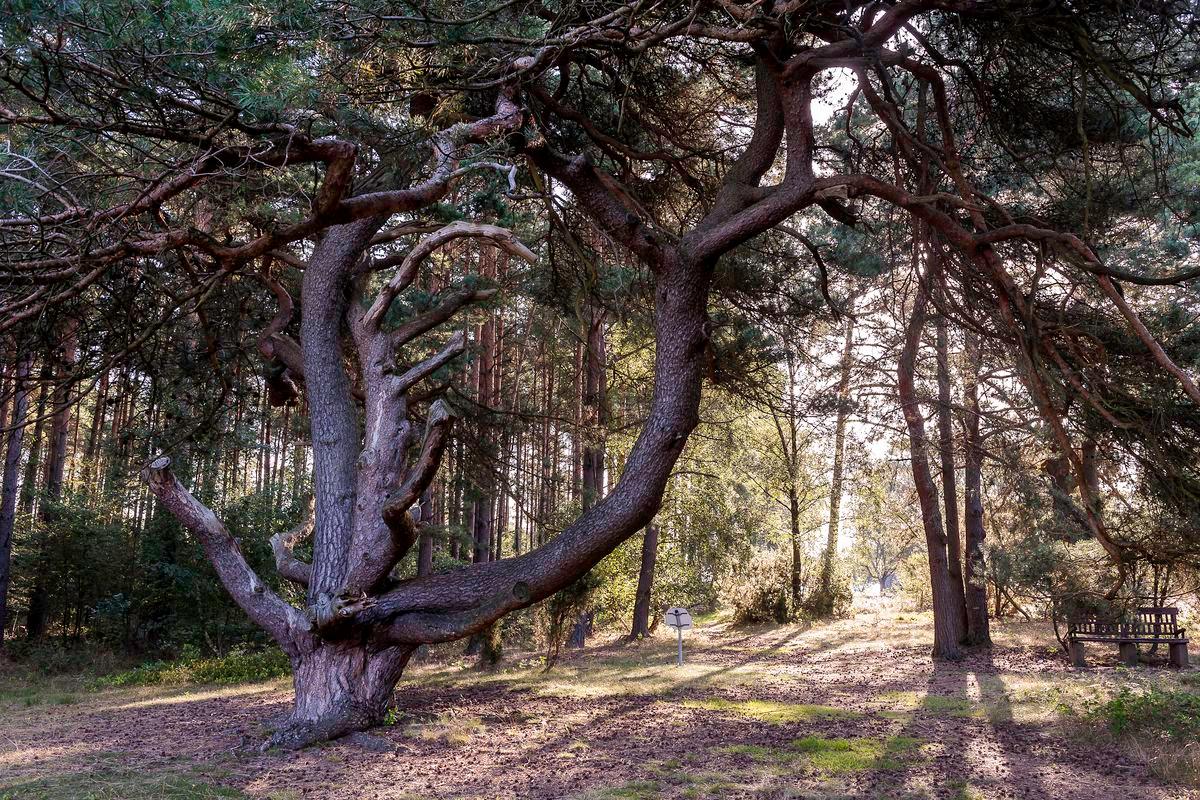
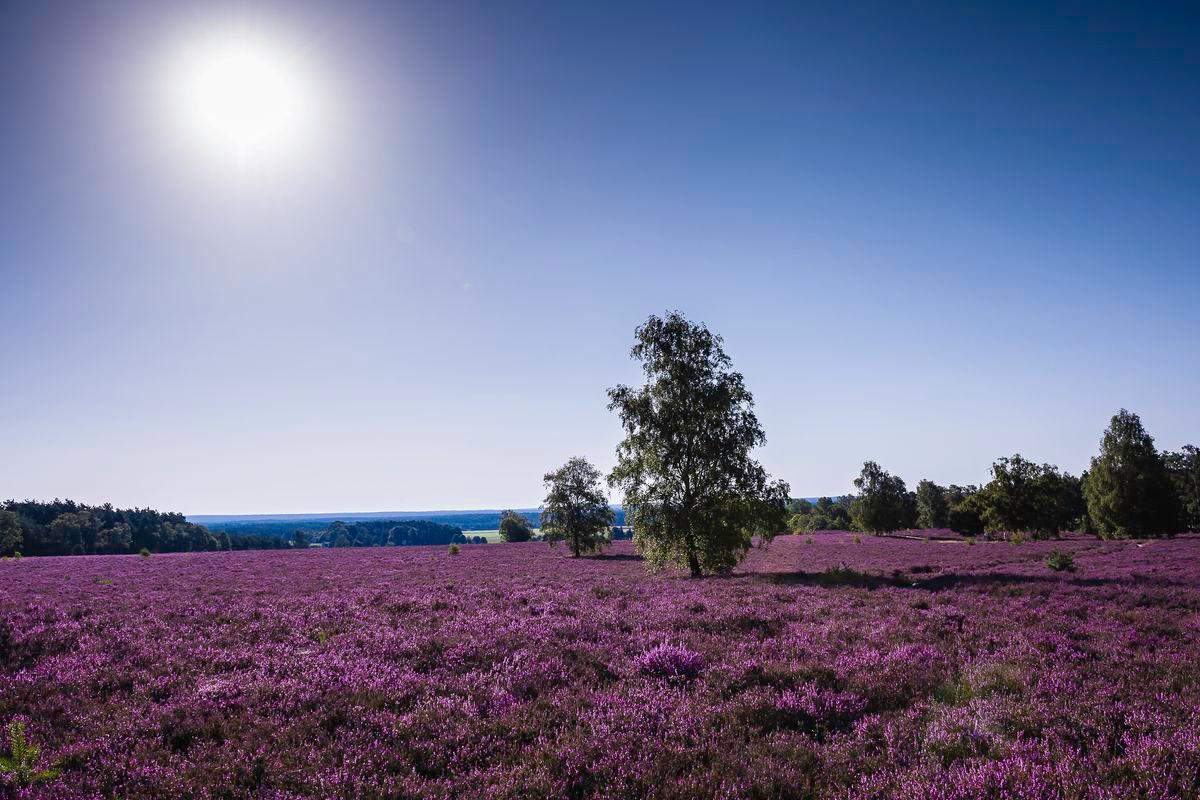
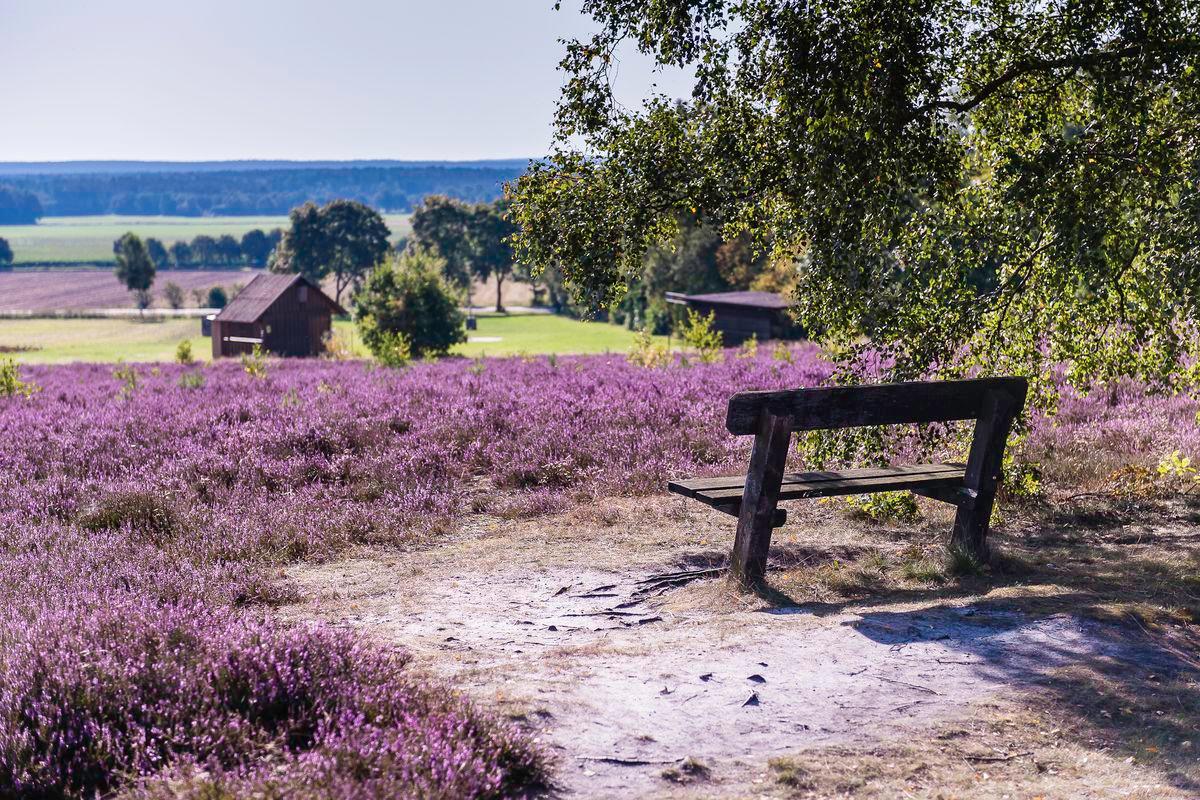
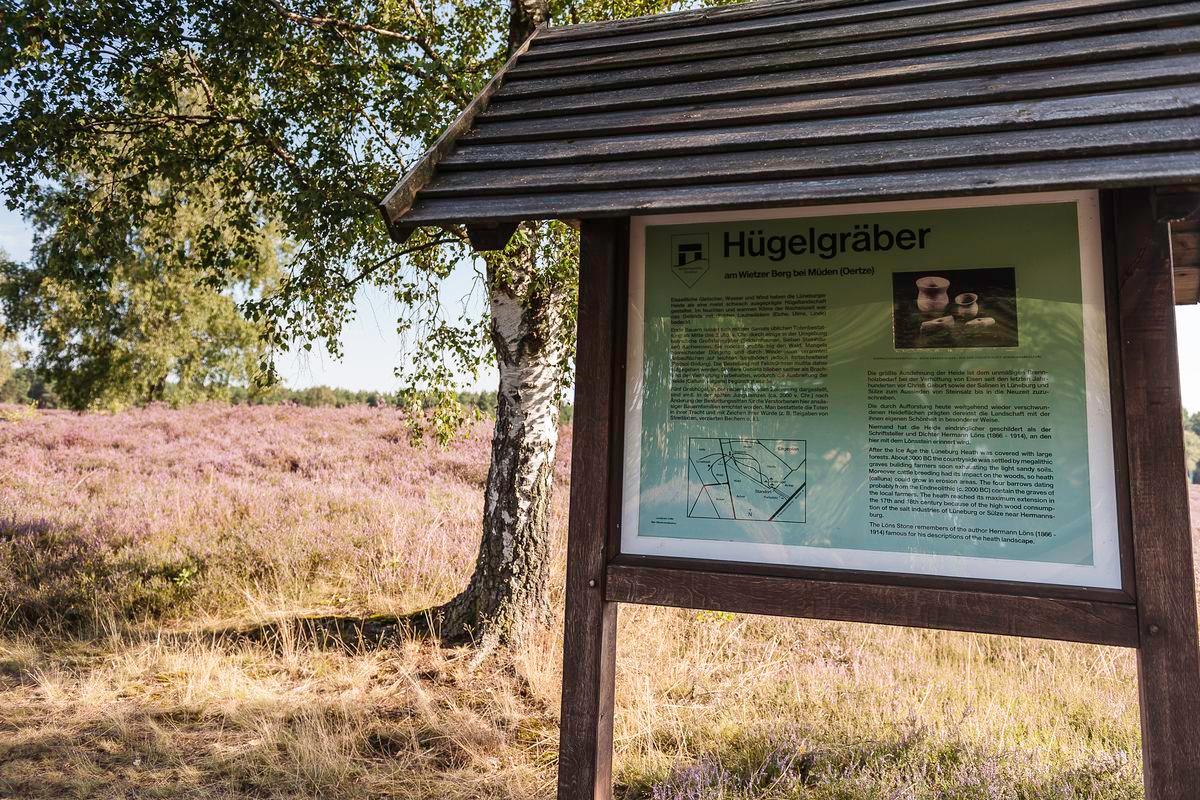
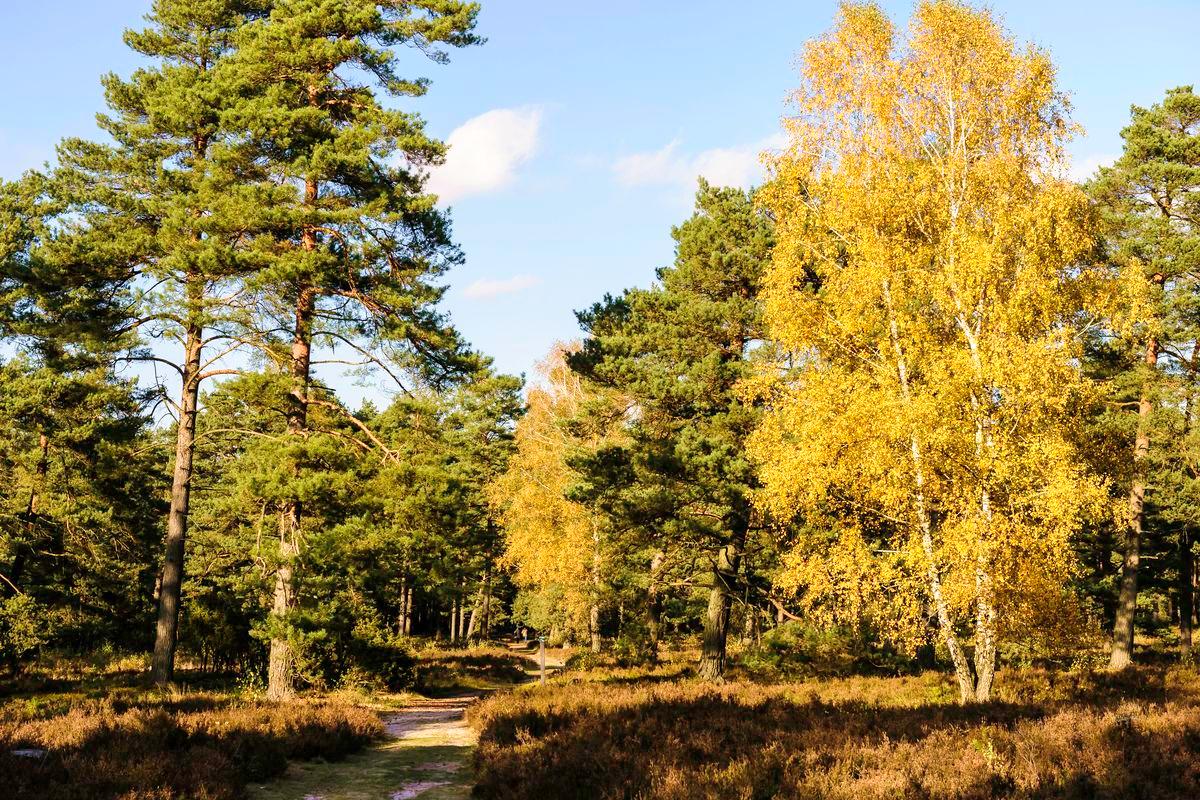
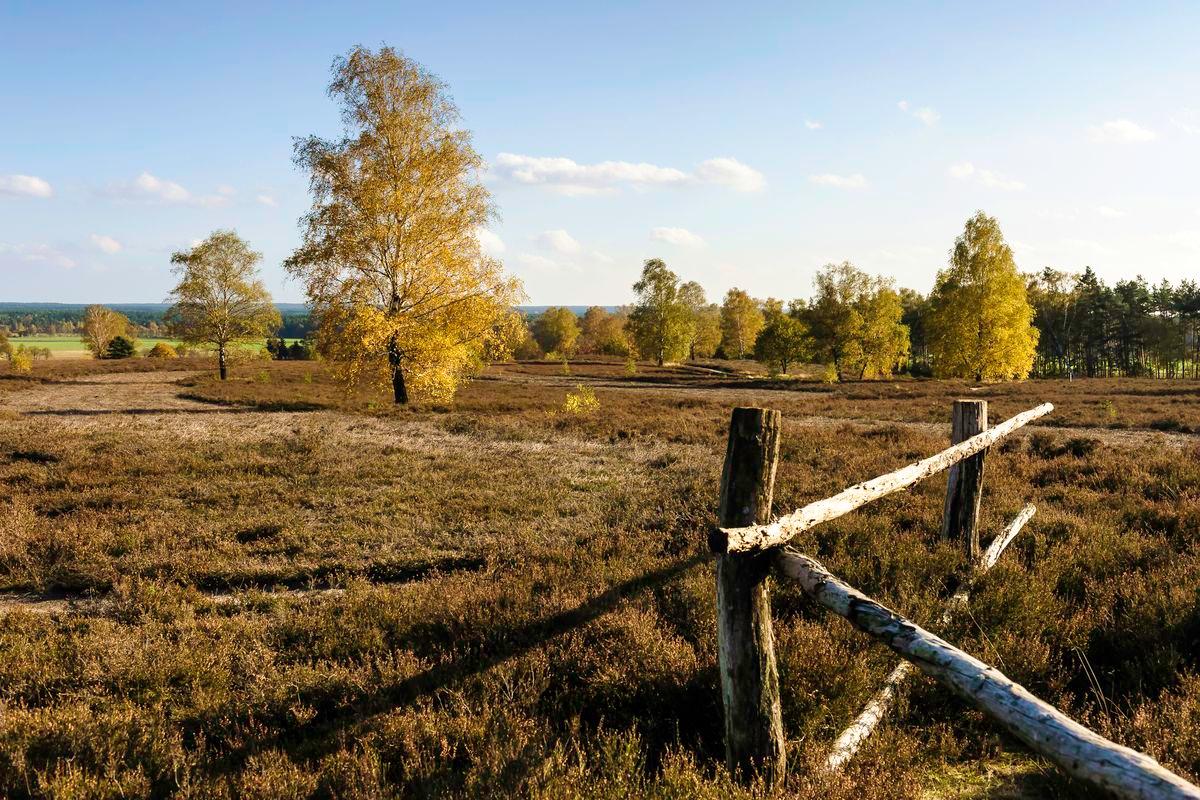
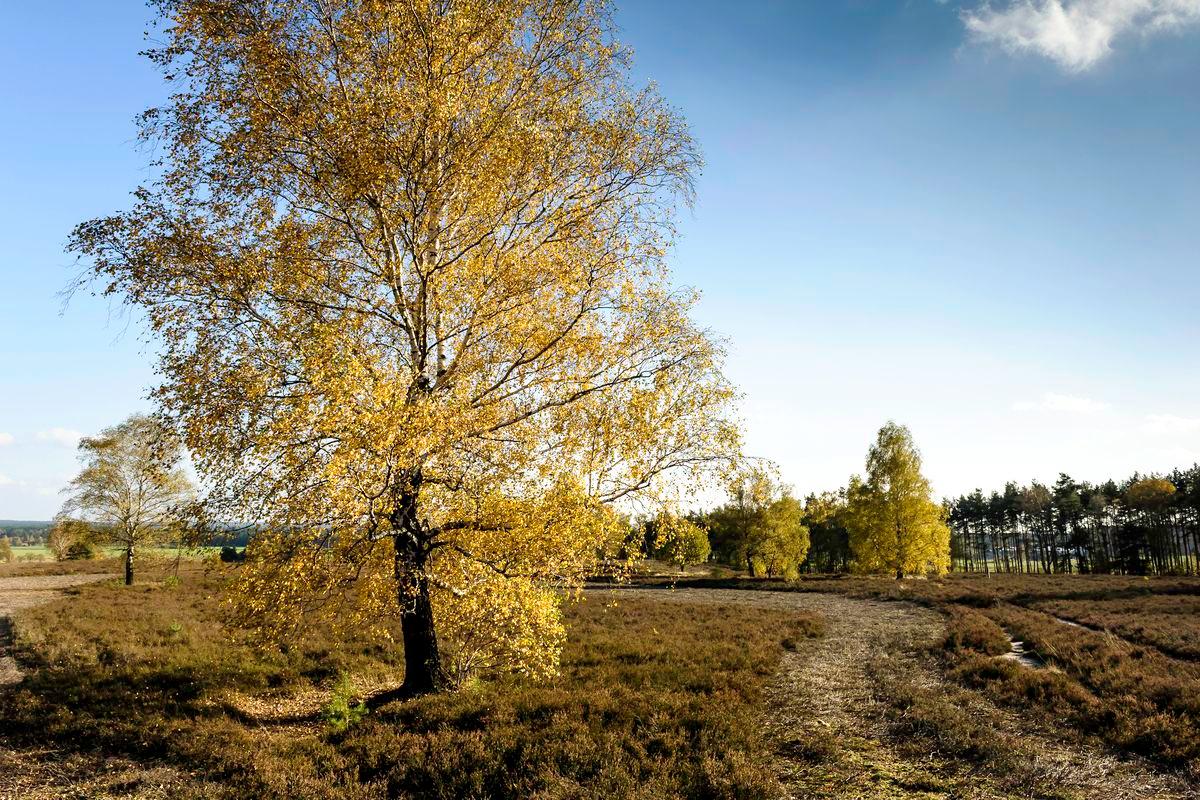
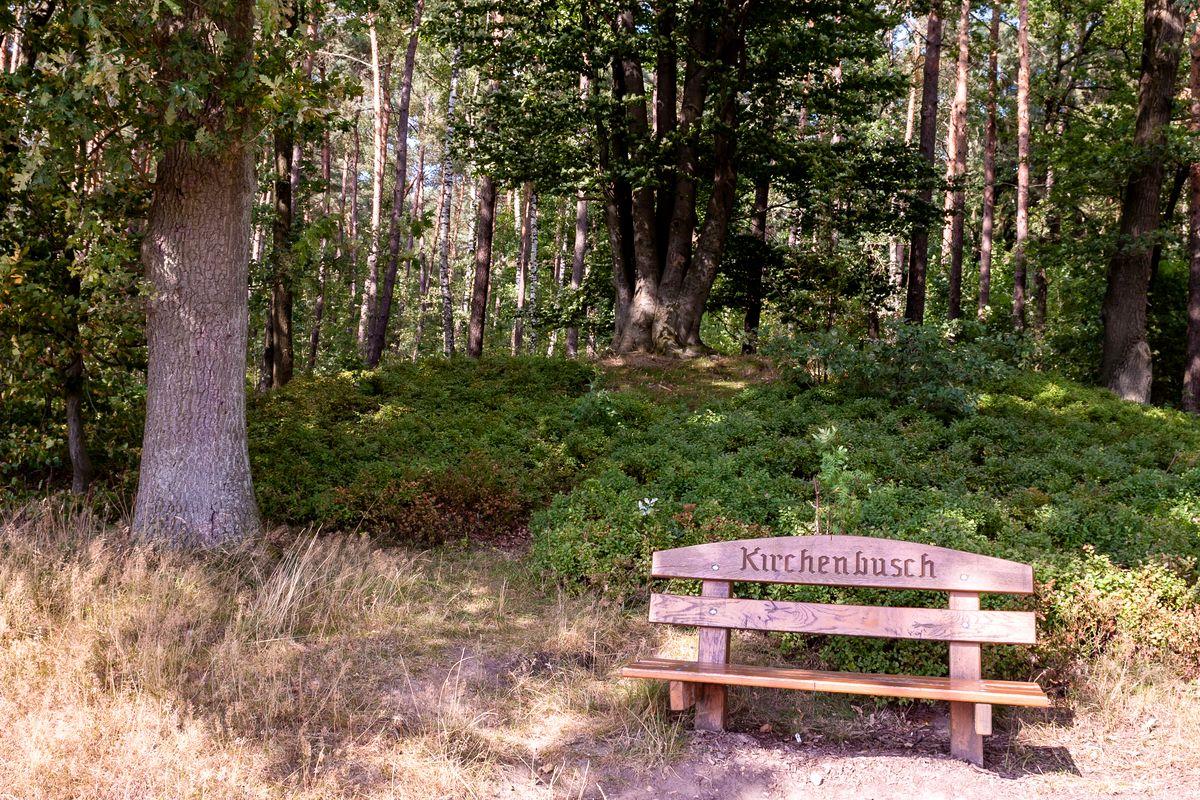
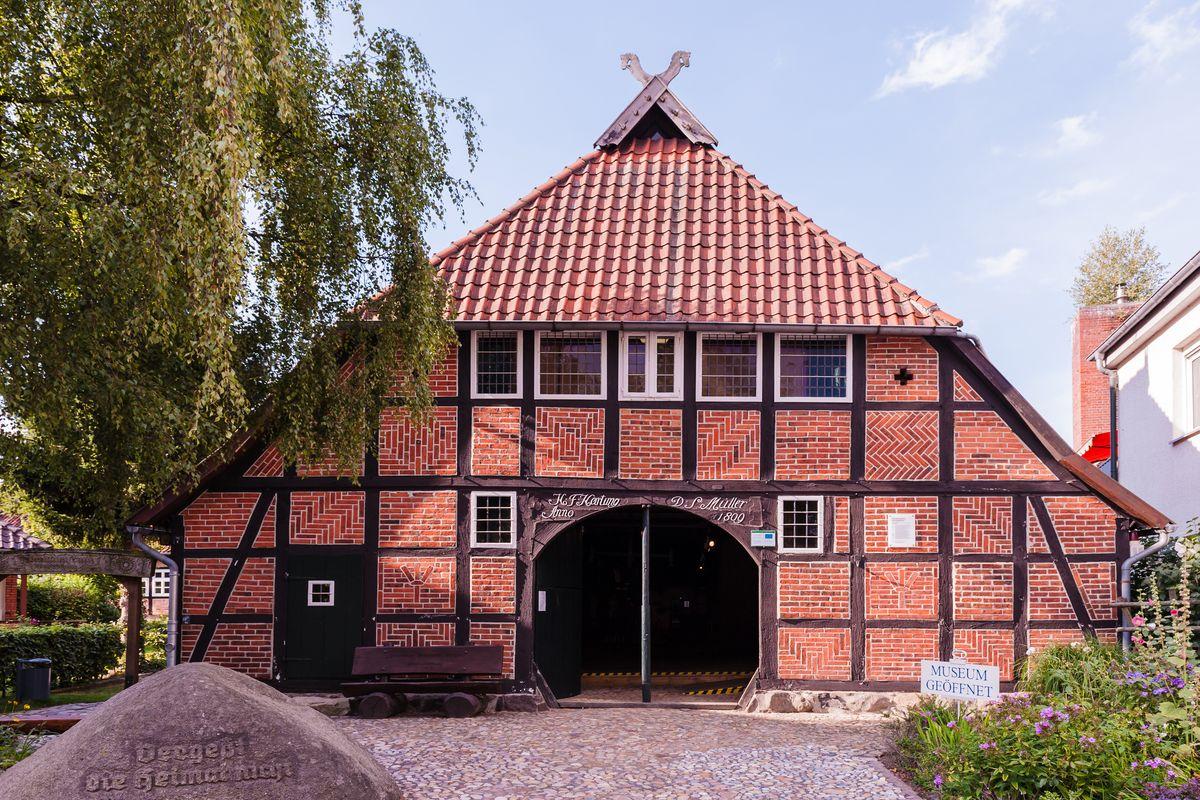
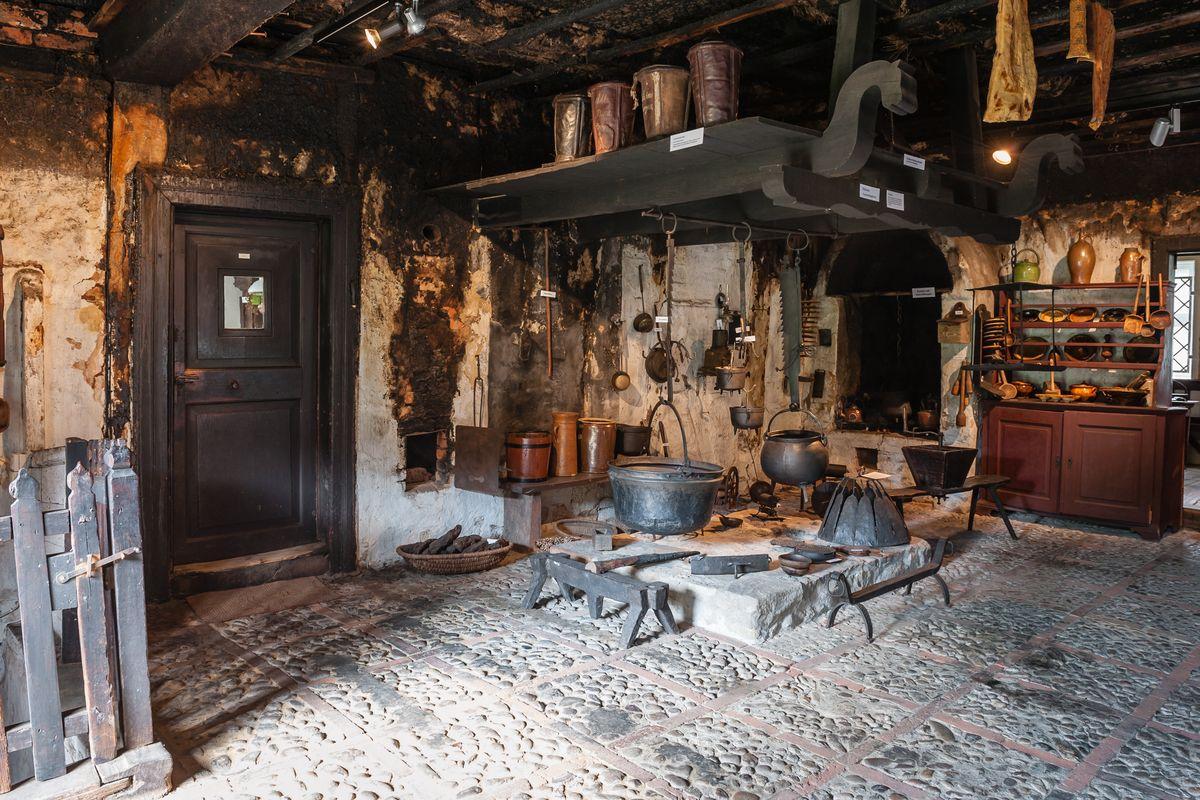
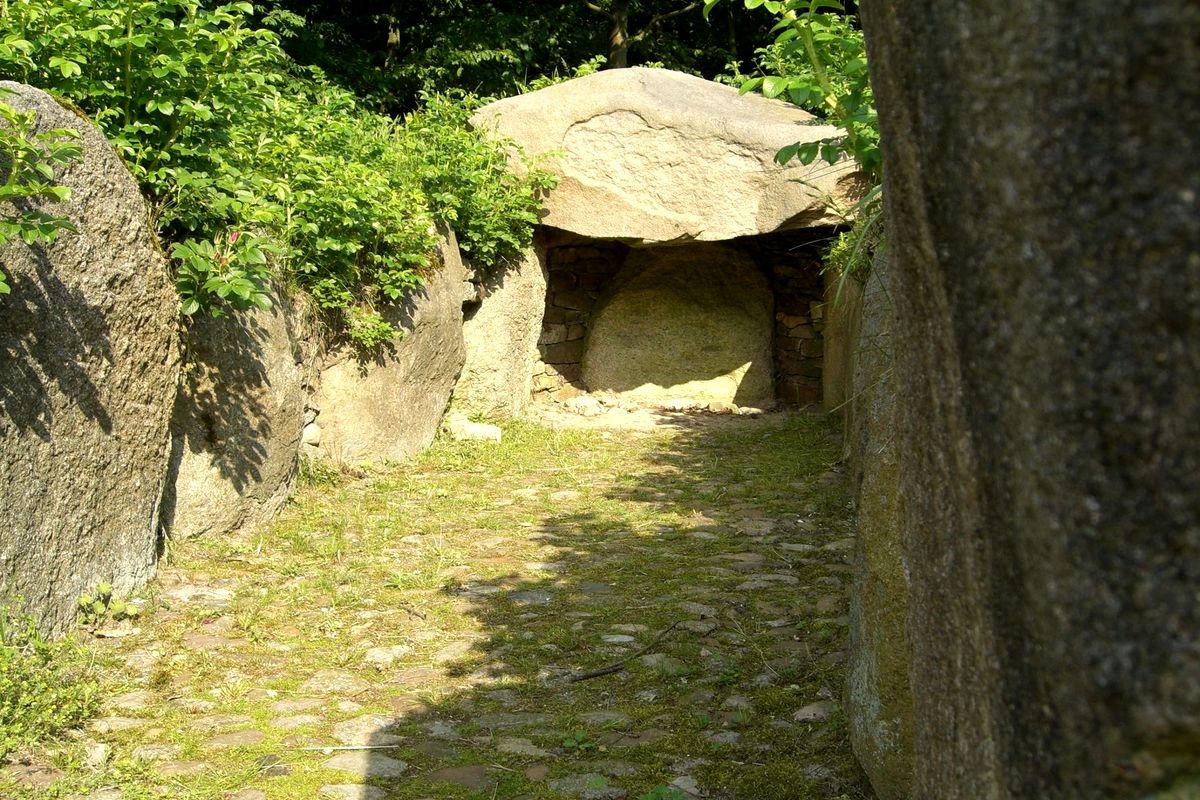
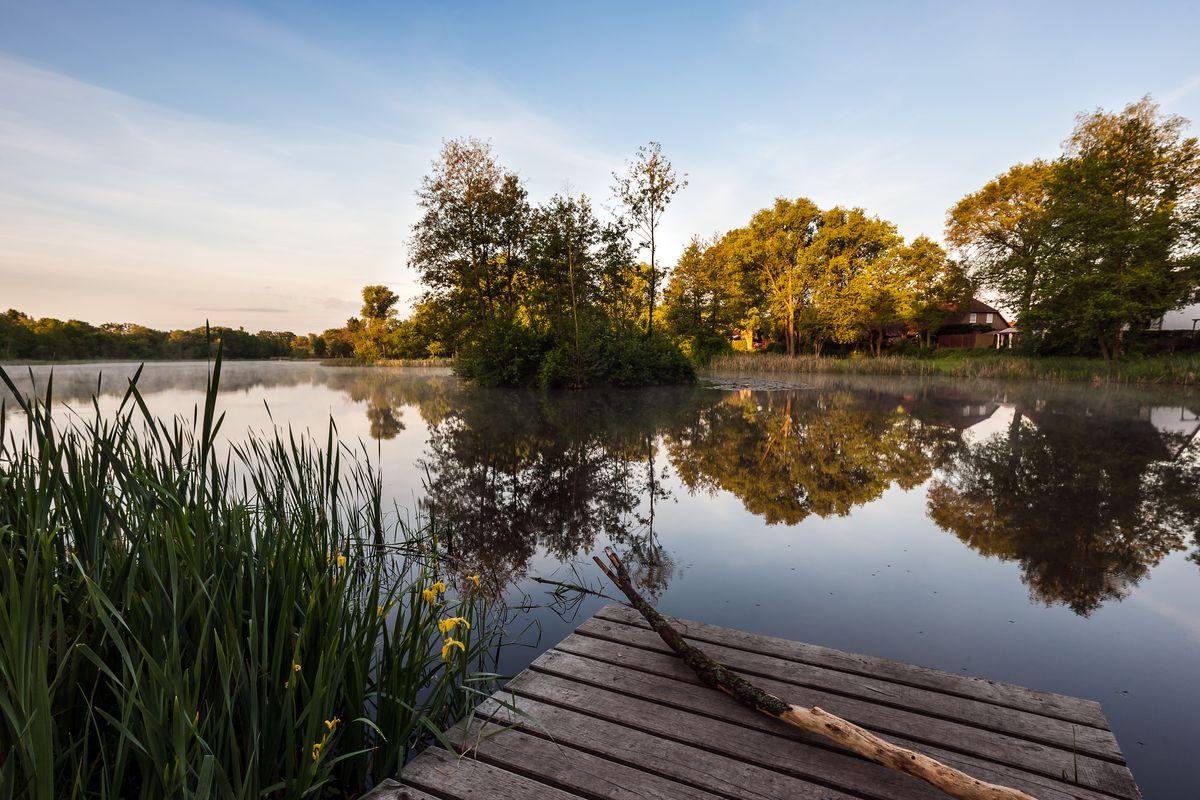
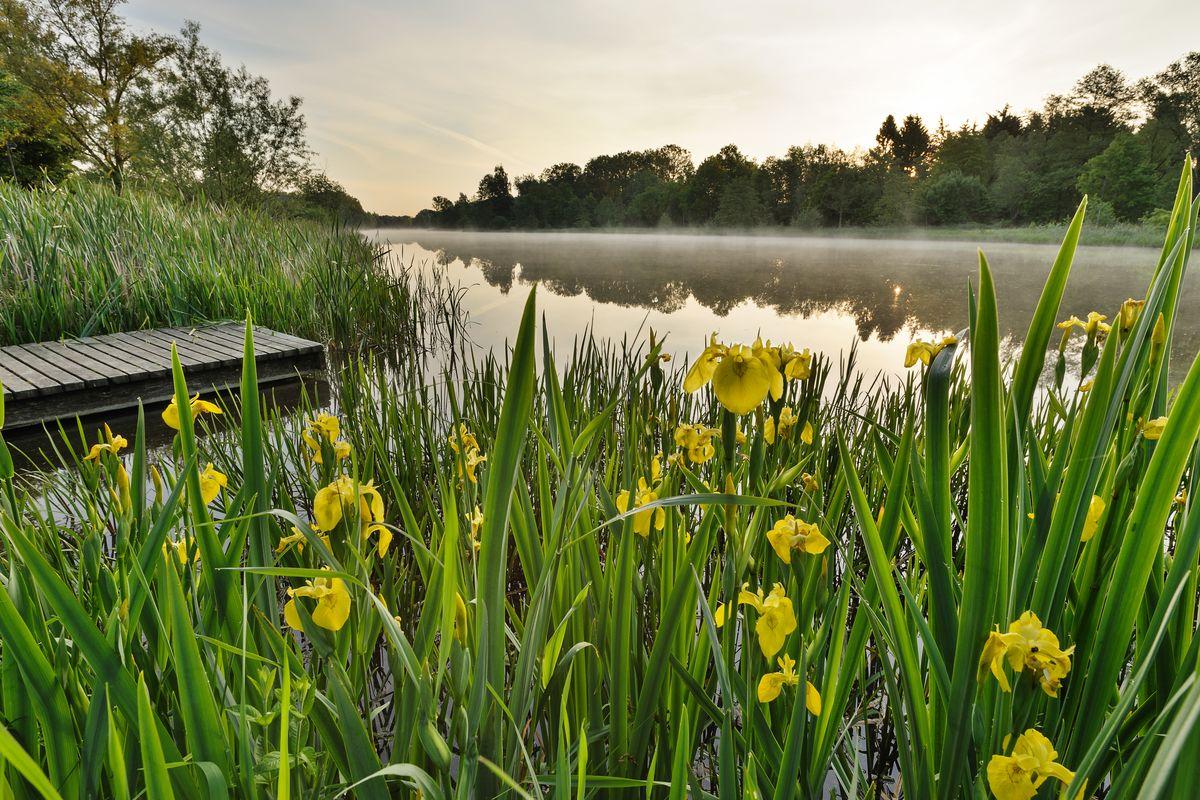
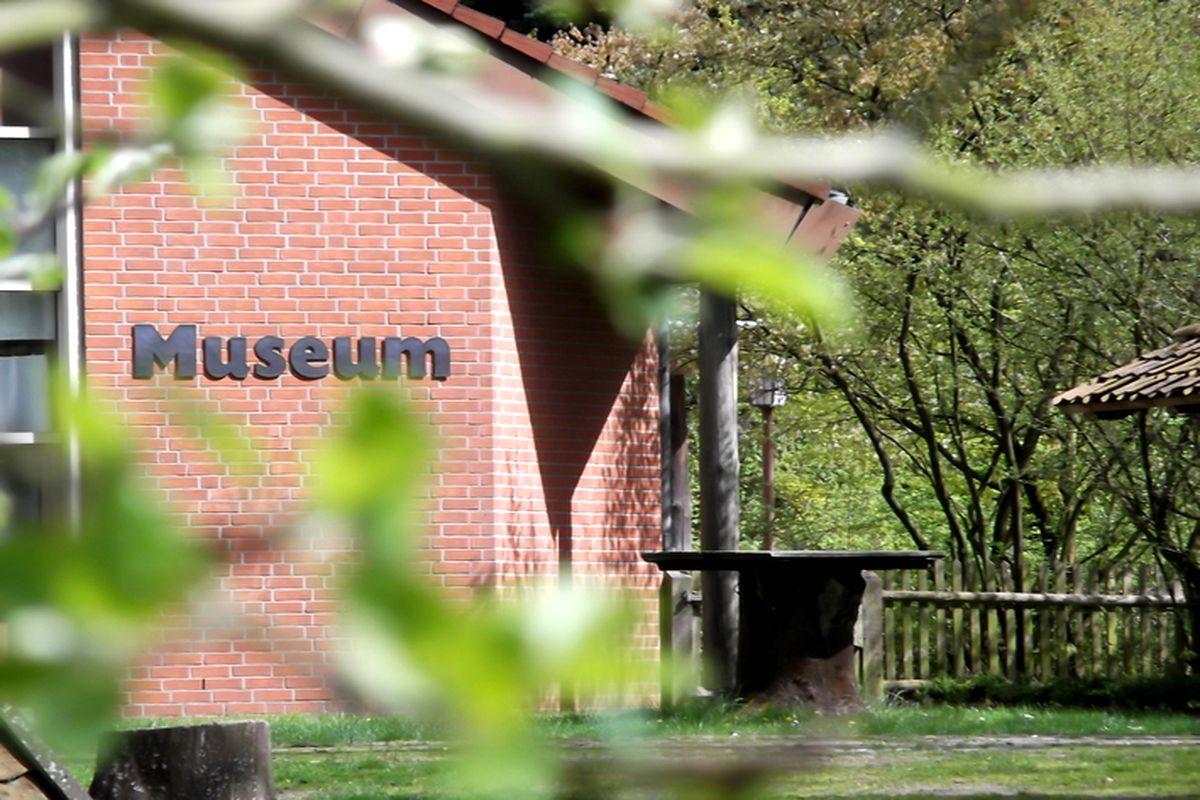
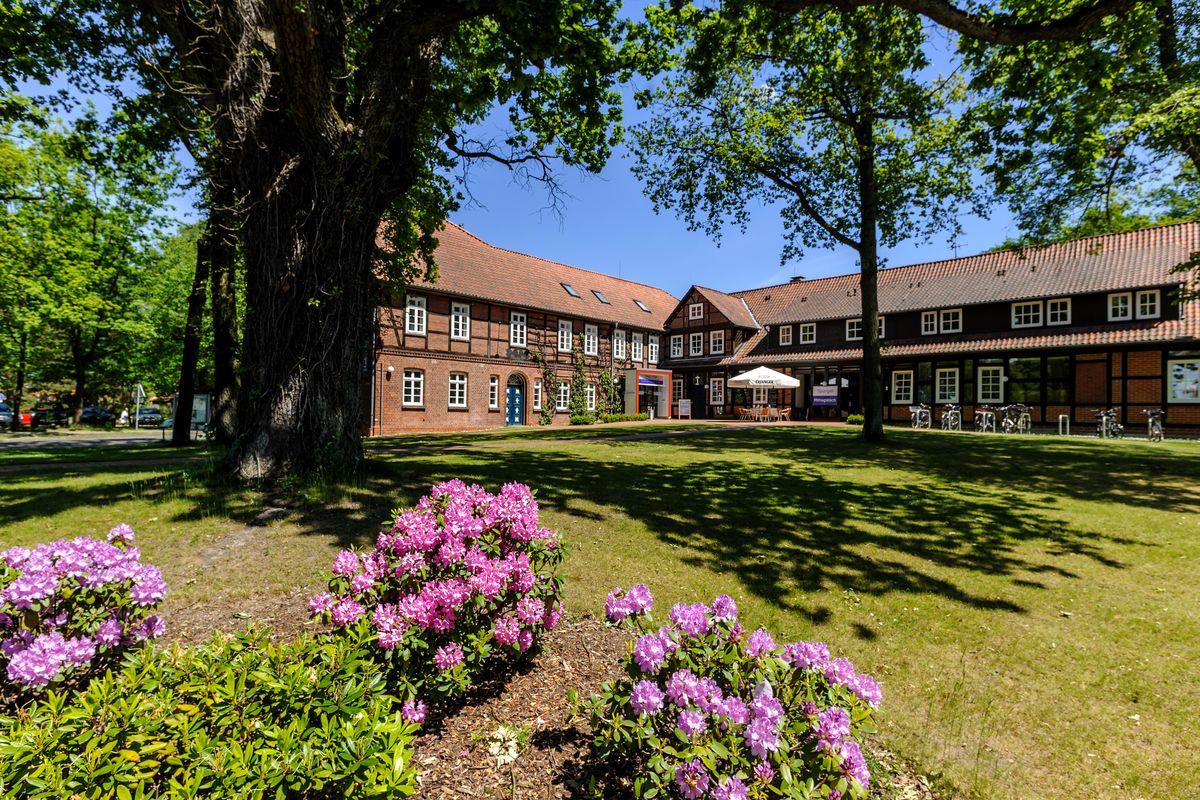
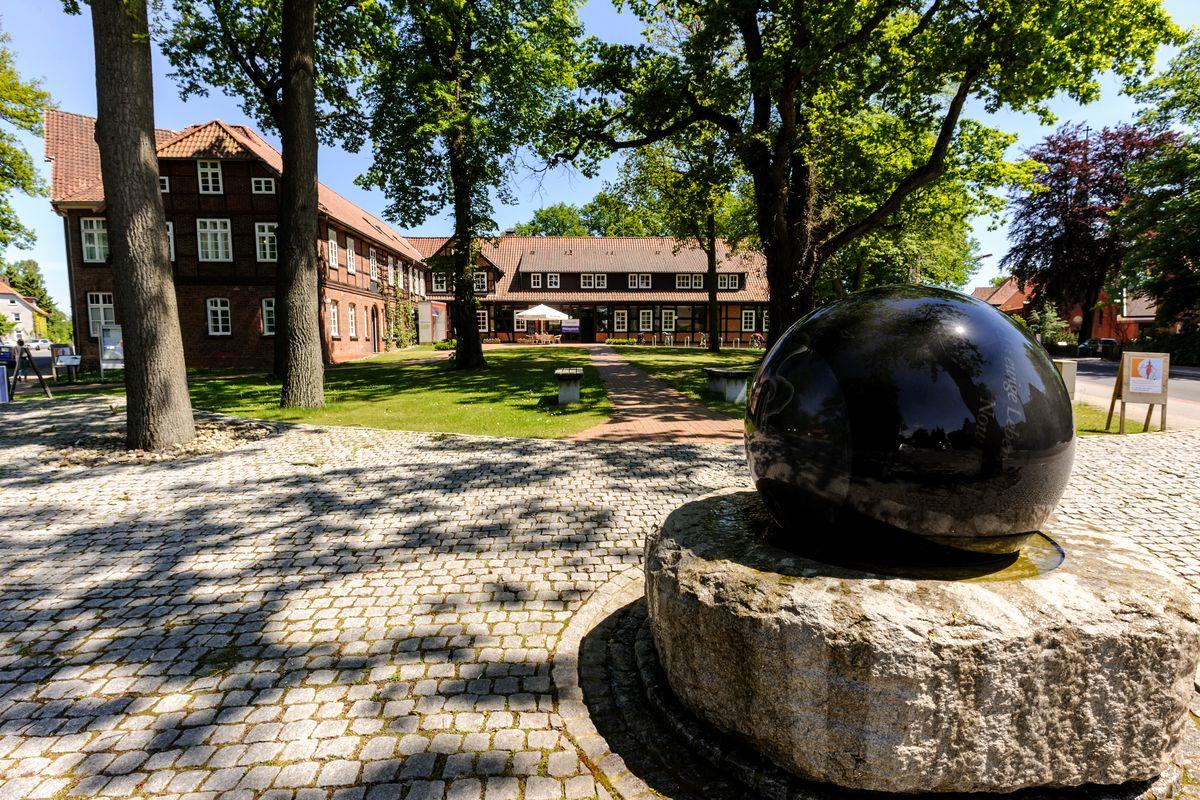
A cycle tour in Suedheide nature
park that takes you through small heath villages to archaeological excavation
sites that bear witness to prehistoric settlements in the region. Ride along
pleasant pathways through a diversified landscape between Mueden (Oertze),
Hermannsburg and Bergen. This tour is also suitable for
families.
The round trip focuses on
archaeological features and other relics of times past.
The history of settlements in
Suedheide can be traced back over 5,000 years. The area between the current
towns of Bergen, Mueden and Hermannsburg must have had fertile soil back in the
early Stone Age and Bronze Age. Herds of cattle were driven across the plains
and the first heath areas were already developing. It is no wonder that many
prehistoric monuments can be found in the area.
The works penned by the heath poet
Hermann Loens during the previous century are still well-known today. A
memorial stone on Wietzer Berg commemorates his life and work.
The cycle tour concludes with a
ride through Oertze valley.
Burial mounds and megalith tombs of
our ancestors
Five burial mounds have been
discovered on Wietzer Berg. It is assumed on the basis of the grave furniture,
battle axes and clay cups found in the graves that the burial mounds stem from
the end of the New Stone Age (or Neolithic Age).
A cemetery was erected between
Backeberg and Bonstorf probably at a later date, around the beginning of the Bronze
Age. Six corresponding burial mounds have been discovered. An information board
at the site describes the results of the archaeological excavations.
The different grave furniture found
at the site indicates the graves were for a man and a woman. 45 burial mounds
were erected near Wohlde at around the same time. In these cases, however, the
dead were buried in tree coffins. Visitors can learn more at the Römstedthaus
building in Bergen as well as from information boards.
The oldest megalith grave in the
areas was discovered at Siddernhausen. It was probably erected by farmers
who had settled in the area 5,000 years ago. The burial chamber was restored
using original erratic boulders.
Hermann Loens memorial stone
The well-known and popular heath
poet was a regular visitor to Lueneburg Heath. Here he found the peace and
inspiration to write his works, in which he liked to incorporate his
experiences with the local populace. Hermann Loens lived from 1866 to 1914. The
memorial stone on Wietzer Berg was installed by the German Hunters Association
in 1921.


